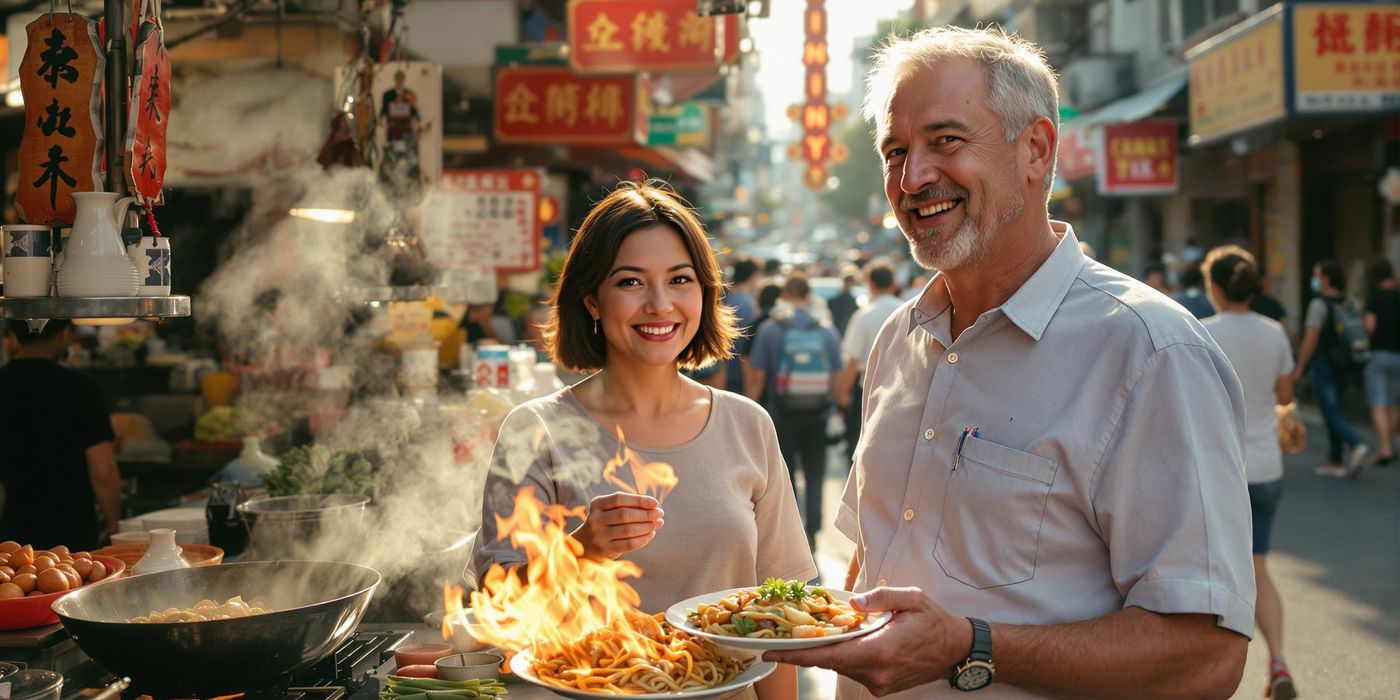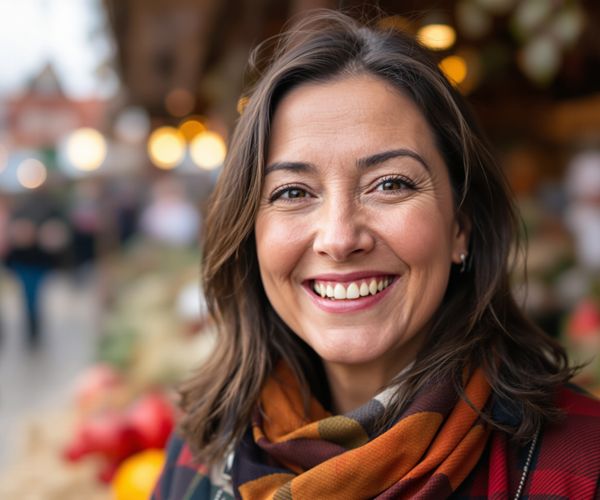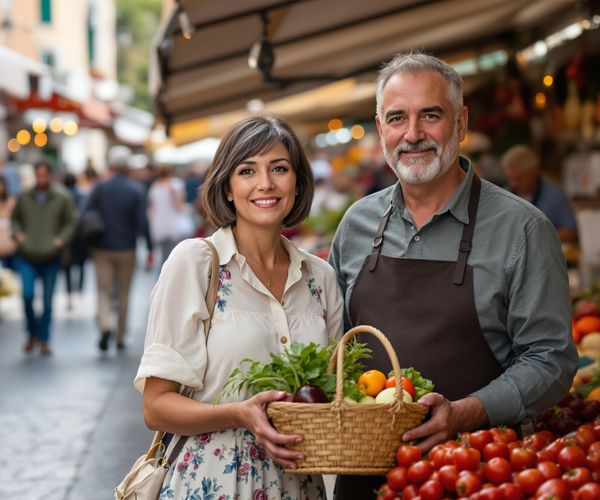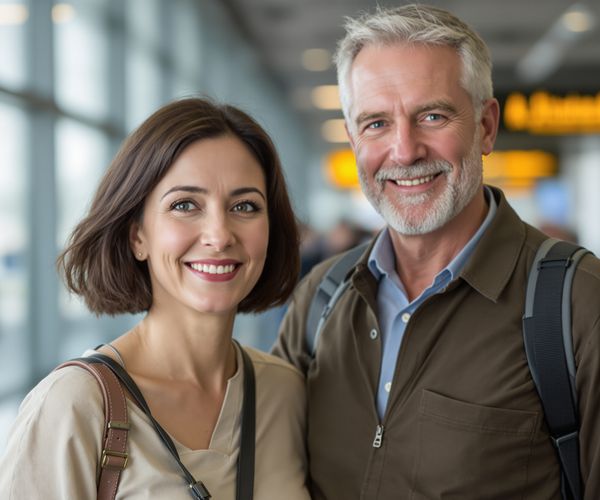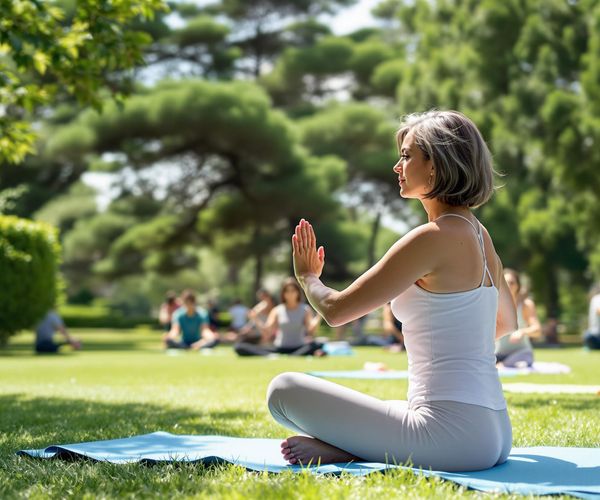Annyeonghaseyo, foodies and travel enthusiasts! Mali here, ready to share some of my favorite tips for capturing the essence of your travels through the lens. Over the years, I've learned that photography isn't just about taking pictures; it's about preserving memories, telling stories, and connecting with the world around us. So, grab your camera (or your smartphone!), and let's dive into the art of travel photography.
Packing the Right Gear: Mali's Essentials
When Hans and I are preparing for a trip, one of my main priorities is deciding what photography equipment to bring. I've learned that less is often more, especially when you're navigating bustling markets or hiking scenic trails. For me, a lightweight and versatile setup is key. I usually opt for my trusty mirrorless camera with a zoom lens that covers a wide range of focal lengths. It allows me to capture everything from sweeping landscapes to close-up portraits without weighing me down.
Now, I understand that not everyone is a professional photographer, and that's perfectly fine! If you're just starting out, your smartphone is an excellent tool for capturing beautiful travel moments. The cameras on modern smartphones are incredibly capable, and they're always with you. For those looking to upgrade from a smartphone but not quite ready for a full-fledged DSLR, a compact mirrorless camera is a great option. They offer excellent image quality in a smaller, more affordable package.
No matter what camera you choose, don't forget the essentials! Extra batteries are a must, especially if you plan on spending long days exploring. A high-capacity memory card will ensure you don't run out of space at a crucial moment. And a comfortable camera strap will save your neck and shoulders from strain. I personally love using camera bags that allow easy access to my equipment.
Understanding Light: Chasing the Golden Hour
Ah, light – the soul of photography! As a photographer, I'm always chasing the perfect light, especially the golden hour. This magical time, shortly after sunrise and before sunset, bathes the world in a warm, soft glow that can transform an ordinary scene into something extraordinary.
During the golden hour, the light is diffused and flattering, making it ideal for portraits and landscapes alike. Shadows are softer, and colors are richer. It's a photographer's dream! To make the most of the golden hour, I always check the sunrise and sunset times for my location. I use apps on my phone to find out when the light will be best.
Even if you can't always shoot during the golden hour, don't despair! There are ways to work with different lighting conditions. On cloudy days, the diffused light can be perfect for capturing soft, even tones. And on sunny days, look for shadows to add depth and dimension to your photos. Experiment with different angles and perspectives to see how the light interacts with your subject. Sometimes, harsh shadows can add a dramatic effect to your photos.
Composition Techniques: Framing Your Story
Composition is the art of arranging elements within your frame to create a visually appealing image. There are several basic composition rules that can help you create balanced and engaging photos. One of the most well-known is the rule of thirds, which involves dividing your frame into nine equal parts and placing key elements along those lines or at their intersections.
Leading lines are another powerful composition tool. These lines can be roads, rivers, fences, or any other element that draws the viewer's eye into the scene. Symmetry can create a sense of balance and harmony, while framing involves using elements like trees, arches, or doorways to frame your subject and draw attention to it.
Don't be afraid to experiment with different perspectives and angles. Sometimes, simply crouching down or climbing to a higher vantage point can transform a scene. Think about using foreground, midground, and background elements to create depth and dimension in your photos. Shapes and patterns can also add visual interest and create a sense of rhythm.
Capturing Culture and Cuisine: Mali's Personal Touch
For me, travel photography is about more than just capturing pretty pictures; it's about telling stories and connecting with the people and places I visit. I especially love photographing cultural events and culinary experiences. There's something so special about capturing the vibrant colors, the infectious energy, and the delicious aromas of a local market or festival.
When photographing cultural events, it's important to be respectful of local customs and traditions. Always ask for permission before taking someone's picture, and be mindful of any restrictions or guidelines. Try to capture the essence of the event, whether it's the intricate costumes, the lively music, or the heartfelt emotions of the participants.
Food photography is another passion of mine. I love capturing the unique flavors and textures of local cuisine. Whether it's a steaming bowl of tom yum soup in Thailand or a hearty plate of schnitzel in Germany, food can tell a powerful story about a place and its people. When photographing food, pay attention to the lighting, composition, and styling. Use natural light whenever possible, and experiment with different angles and perspectives to find the most appealing shot.
Post-Processing: Enhancing Your Images
Once you've captured your travel photos, the next step is post-processing. This involves using software or apps to enhance your images and bring out their full potential. While it's tempting to go overboard with editing, I believe that subtle adjustments are key to maintaining the authenticity of your photos.
Start by adjusting the exposure, contrast, and color balance to create a more visually appealing image. You can also use post-processing to sharpen your photos, reduce noise, and correct any distortions. There are many user-friendly editing software and apps available for beginners, such as Adobe Lightroom, Snapseed, and VSCO. Experiment with different tools and techniques to find what works best for you.
Remember, the goal of post-processing is to enhance your images, not to transform them beyond recognition. Keep your edits subtle and tasteful, and always strive to maintain the natural look and feel of your photos. After all, the best travel photos are those that capture the true essence of a place and its people.
Mali Suwannarat shares her favorite tips for capturing the essence of your travels through photography. Learn about essential gear, mastering light, composition techniques, and post-processing tips.


